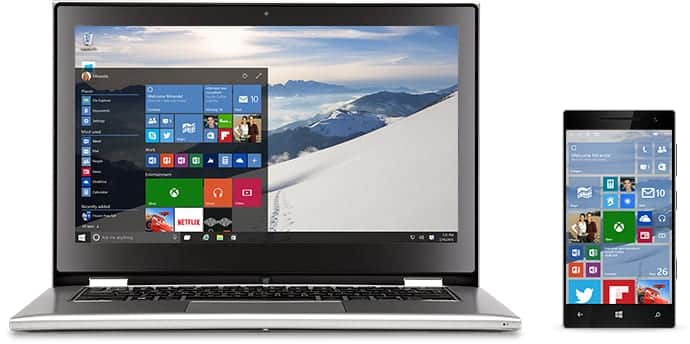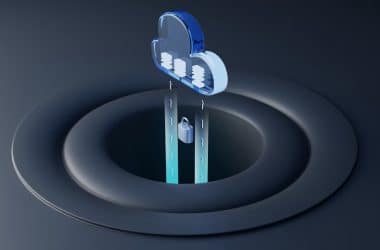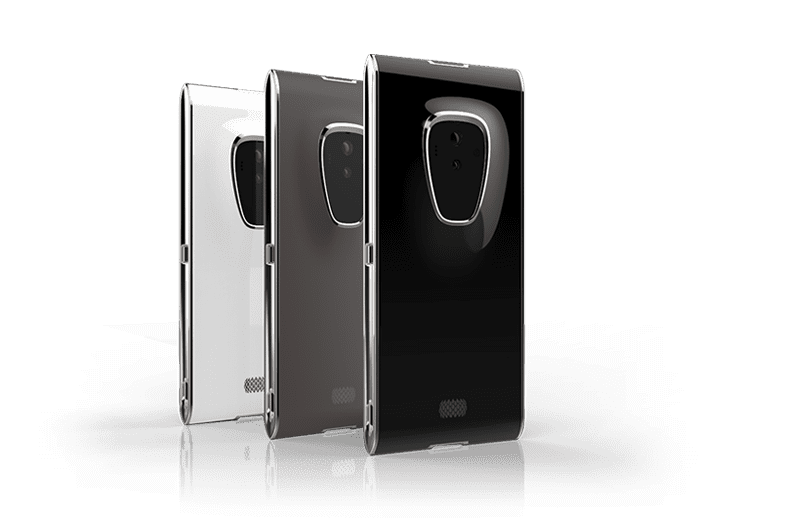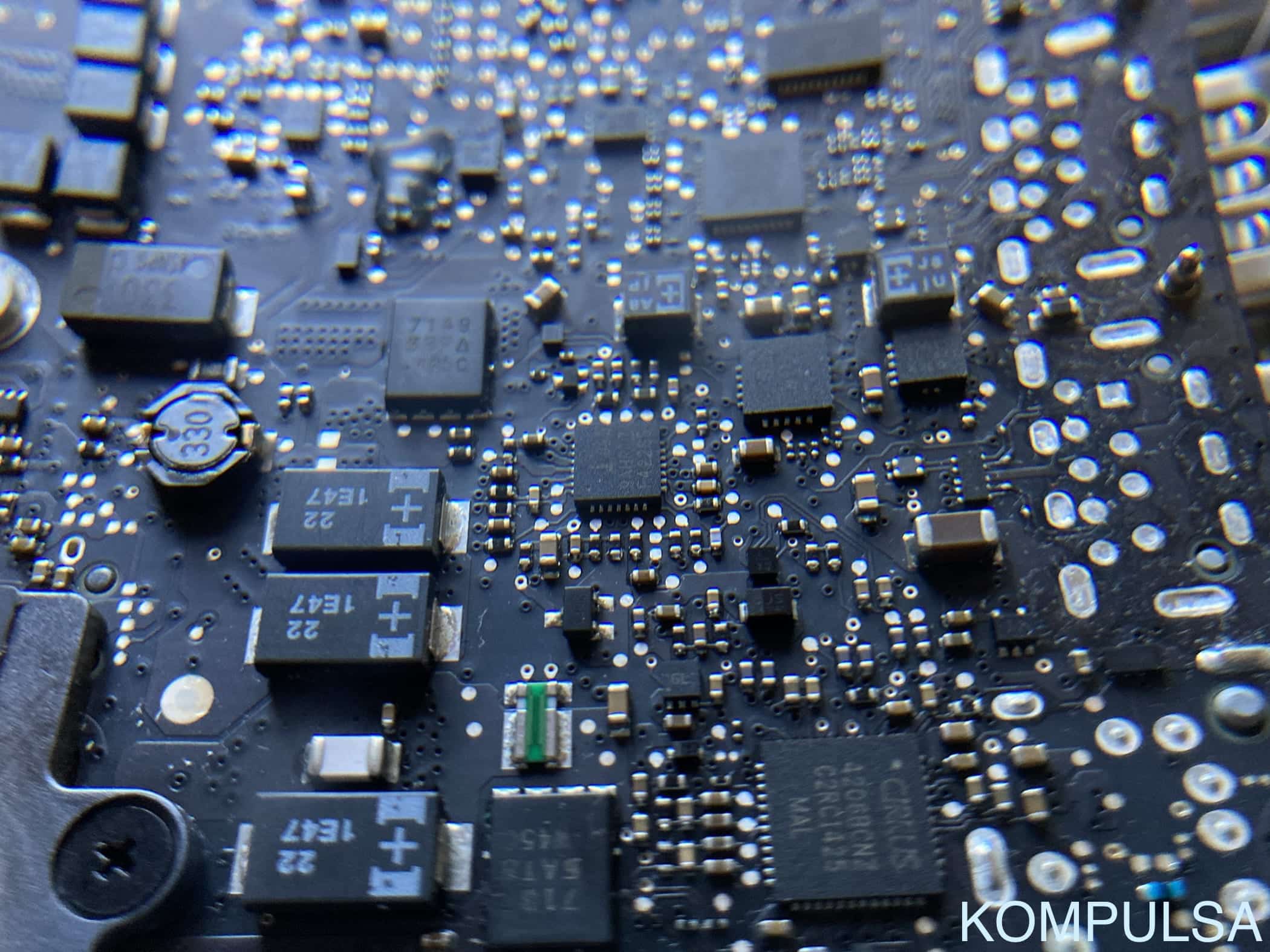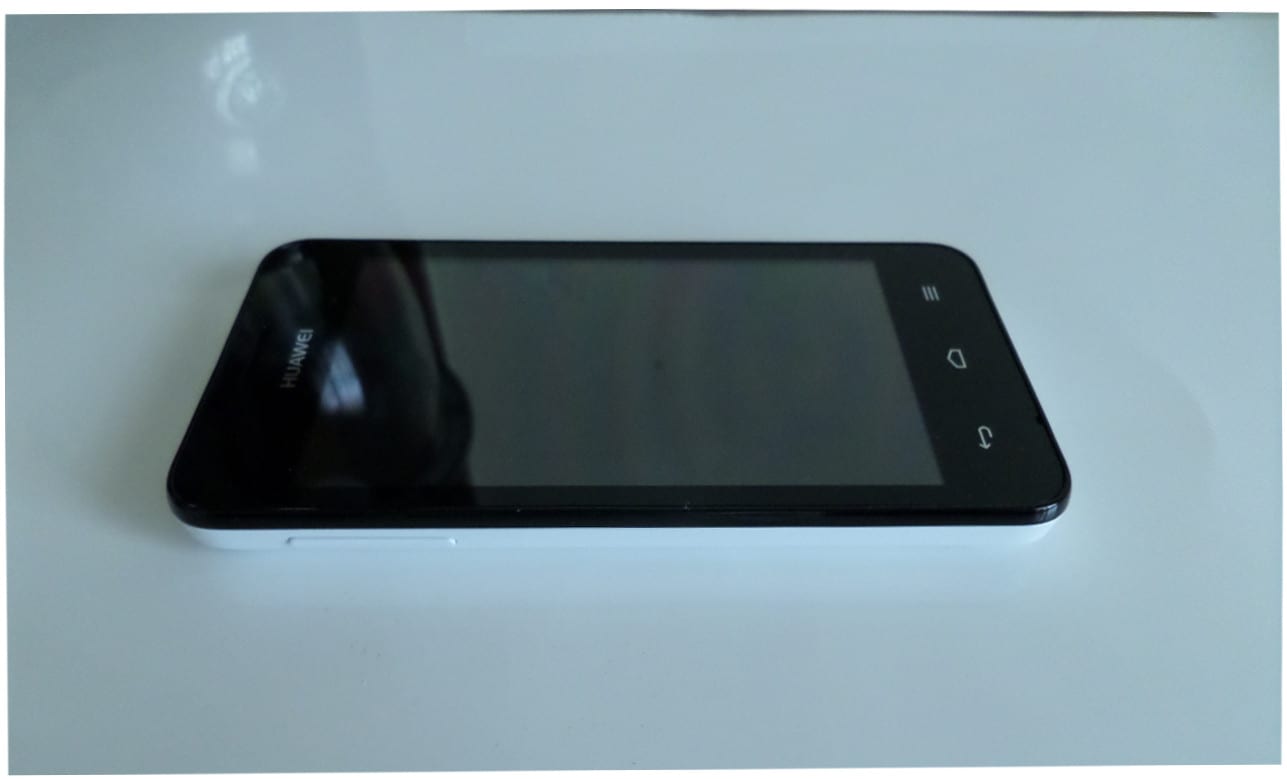Dyson, a company known for their fans and vacuum cleaners has created a humidifier which disinfects the water using ultraviolet (UV) lamp technology.
They said that traditional humidifiers are ‘germ cannons’ because they don’t purify water before releasing it in the air.
Is this a major issue? While I haven’t examined water on a molecular level, I don’t think this is a major issue at all, because it is just as clean as the water you drink (which isn’t that dirty).
However, if you want pristine water vapour, Dyson can offer that (no one wants to be blasted with life-threatening bacteria). However, their humidifier appears to use the Dyson bladeless fan technology which is prohibitively expensive (They start at $300 USD for the 10″ model).
Since traditional fans cost a tiny fraction of that of a Dyson fan ($40 for a 16″ one vs $300 for a 10″ Dyson), and UV lamps are also well under $100 USD, manufacturers may respond with low-cost disinfecting humidifiers that work just as well as the Dyson.
A humidifier is one of the simplest and cheapest electrical appliances to ever exist. All they do is wet a material and pass air through it. So if you aren’t a fan of Dyson’s high-end products, I would recommend waiting for the cheaper alternatives to be commercialized.
According to Mashable:
Dyson says there were 643 prototypes, and it cost more that $60 million to develop the device. No word on retail price, but if Dyson’s Air Multiplier fans are any indication, you are not going to find this humidifier in any bargain-discount sections.
If you are in the U.S., don’t expect to get your hands on a Dyson humidifier in time for winter. The device does not hit stateside until fall 2015.
I know that some of us like to DIY (including myself). If you are suffering from dry skin, nosebleeds, or other complications due to low humidity in the winter, a simple way to help heat the room and humidify the air is to boil water in it.
Source: Mashable.
For more tech news, visit the technology category. For technology reference material, visit the technology section.


